Nick Binkley | Interview | New Album, ‘Stardust Angels Ghosts’
Nick Binkley is an amazingly talented singer-songwriter with a new album out, ‘Stardust Angels Ghosts’.
Binkley has been a huge advocate his whole life for a change. This includes conceiving and co-producing ‘Rockin The Kremlin’, a powerful 90 minute, star-studded documentary film, directed by four-time Emmy winning filmmaker Jim Brown, which explores the previously untold story of how rock and roll contributed to the end of the Cold War and the collapse of Soviet Communism; in addition to his founding and heading the Diana Padelford Binkley Foundation (The Diana Foundation), established in 2004 as a charitable institution focusing on women’s health issues, in the wake of the death of its namesake, Binkley’s late wife; and most recently, with the release of ‘100 Parts of Heart’, Binkley’s first album since ‘Let The Boy Jam’ in 1999, which features songs he penned in the wake of 9/11 and after experiencing Diana’s sudden passing in 2003.
“The album speaks to the socio-political reality of our era”
It’s really nice to have you. Your latest album ‘Stardust Angels Ghosts’ was released on May 19. How long did you work on it?
Nick Binkley: We produced and recorded all songs during the pandemic. I’d been writing the songs, however, over the last intervening eight years since releasing my last album, ‘100 Parts of Heart’, in 2014. The writing time was interrupted by ‘Free To Rock’, a documentary film I produced and released in 2017.
Your new album was probably recorded during the lockdown. How are you coping with the current pandemic and what are your predictions for the future? Do you think the music industry will adapt to it?
Yes, the album was recorded during the pandemic. Apart from having been vaccinated twice and boosted – that’s three shots – I still caught Covid. Fortunately, it was a mild case, and I am fully recovered. As for the future of the music industry following the unusual circumstances of the pandemic, I think one of the positives that resulted was the increased occurrence of remote recording and remote collaborations among musicians. We recorded most of the overdubs remotely sending scratch guitar and vocal tracks along with finished in-studio, recorded bass and drums. We used High Tail to exchange tracks. Very efficient and widened our collaborations with other musicians. Remote production/recording is here to stay even more than it was before the pandemic.
The album was produced by you with co-production credits shared by Valery Saifudinov, Steve Dudas (Ringo Starr, Ozzy Osbourne) and Mark Hart (Supertramp, Crowded House). ‘Black on White’ and ‘J’cain Girl” were arranged and produced by Toots Hibbert (Toots and the Maytals) and recorded by Nigel Burrell at The Reggae Center, Kingston, Jamaica. How was it to work in the studio?
We recorded the album at Flight #19, Valery Saifudinov’s recording studio in San Diego. Valery also engineered all the sessions and conducted the Pro Tools-to-remote exchanges with Mark Hart (lap steel, keys, and backup vocals) and Steve Dudas (electric and acoustic guitars). They were credited as co-producers for all the work they did in the back-and-forth and their contributions to the final mix. Toots was a family friend. He passed away in September 2020, succumbing to Covid then ravaging Kingston. I wrote two C&W tunes laced with Jamaican street slang and he suggested we arrange them as reggae songs. I travelled to Kingston with my wife, who is Jamaican, and I worked with Toots and his recording engineer, Nigel Burrell on the two tunes. Toots played all instruments on the two tracks except bass, which was played by his son, Hopeton. The vocal is all mine, although I did want Toots to sing with me as he was getting into the songs and singing along to them with his iconic Otis Redding-like voice. He said, “You release the tunes first and then I will cover them”. I never got around to releasing the songs until now. Toots won the Grammy for best reggae album for 2020, posthumously. He would have loved it to know the songs are included in ‘Stardust Angels Ghosts’ – a musical and cultural break in this folk-rock, indie LP, and last right tribute to him.
“We’re all in this together”
What do you want people to take away from the album?
The album speaks to the socio-political reality of our era: Trump and his psychobabble; religious conflict/climate change/democracy/women’s rights/black lives matter; the breath of fresh air from the election of Obama; the need to slow down and be present; and of course, love songs. I want people to feel in the lyrics and music the angst but also the hope – love as the palliative to bring us all “back home”. “We’re all in this together”.
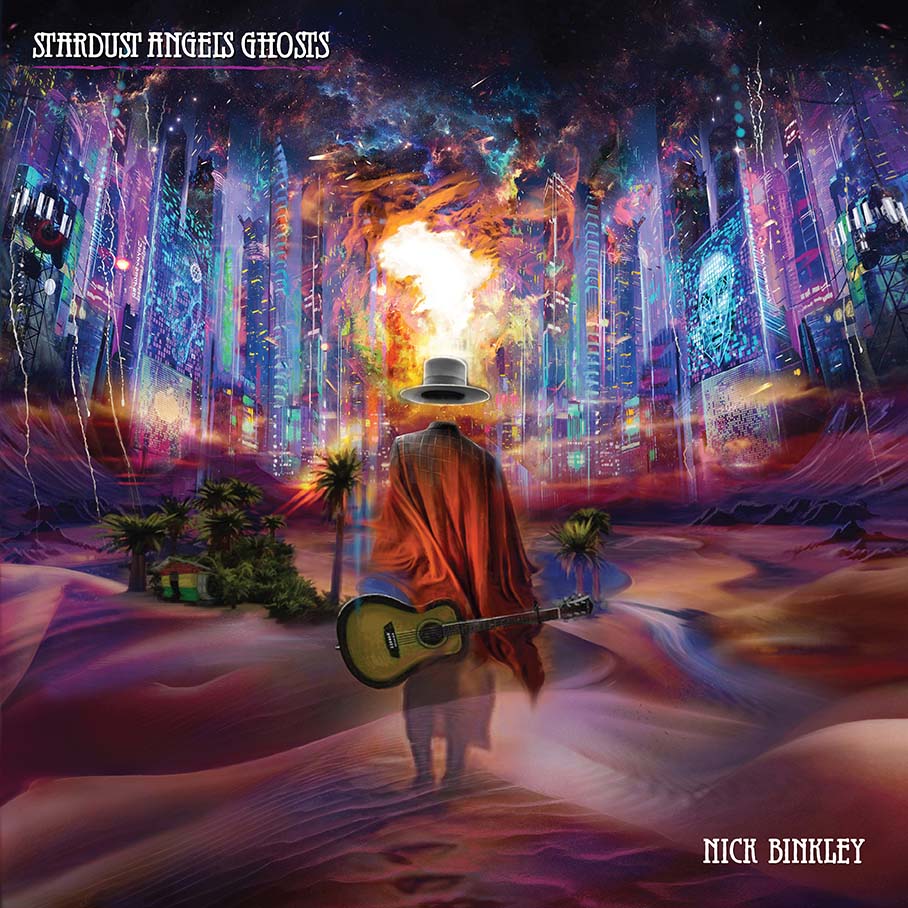
Let’s discuss PSB Records. What led you to form a label back in 1995?
I wanted to create a label for songwriters like myself who had led successful careers outside music but who were also serious tunesmiths. One of the first people we signed was Tim Flannery, a Major League Baseball player and World Series champ who was also a talented songwriter. I also signed a professor of pathology at UCSD, Stephen Baird, who wrote “scientific gospel”, as George Varga, rock critic at the San Diego Tribune called it: Lyrics about cosmic, medical and scientific stuff played against the melodies of well known, public domain folk songs and hymns. His first album was called ‘Hallelujah Evolution’! And I released my first album, ‘Pin Stripe Brain’, on the label. (The label eventually evolved to include other independent artists/singer-songwriters in Southern California. We stopped signing new acts following the death of my late wife in 2003).
What can you say about your debut album, ‘Pin Stripe Brain’?
For over 20 years, I had been writing songs inspired by my “pin stripe” working life. When I retired, I set out to produce and record the songs. The album, released in 1995, was produced by Denny Bruce, former President of Tacoma Records and Chris Darrow, founder of the group, Kaleidoscope, and me. Don Heffington (Lone Justice, Bob Dylan) played drums, Frank Reckard (Emmylou Harris’ Hot Band) played guitars, and John York (The Byrds) played bass. Seven of the 15 songs were inspired by my life in the corporate suites, starting with the title track, ‘Pin Stripe Brain’ (“How’d you like to ride across the wide open range tied to the man with the pin stripe brain…”); ‘Chasing Circles’ (“Faceless men wear their bowties proud, the powdered ladies their faces bowed, all chasing circles”); ‘Which Way’s LA’ (“In the steel and glass world of high finance, grown up men playing games of chance and fancy they were boys again in LA…”); ‘Mister Eggman’, written while living in London, working at Chase Bank (“Spinning high, spinning low, hanging on for my life, I can’t let go…”); ‘Tucker Rose’ (“Jet planes are my best friend, helicopters, sometimes trains, chauffeurs and fancy limousines, still wear my green eyeshades and count money like beans…”); ‘Blue Red White Songs’ (“Silver dreams turned to blue, golden sun sets blood red while the white man lies dying, do you believe it’s true?”); and ‘Let Fall A Tear’ (“Unfocused minds spend a lifetime seeking the meaning that’s not clear, yet all that’s left at sixty-five are stony eyes in wooden faces, polished smooth with fear, let fall a tear…”).
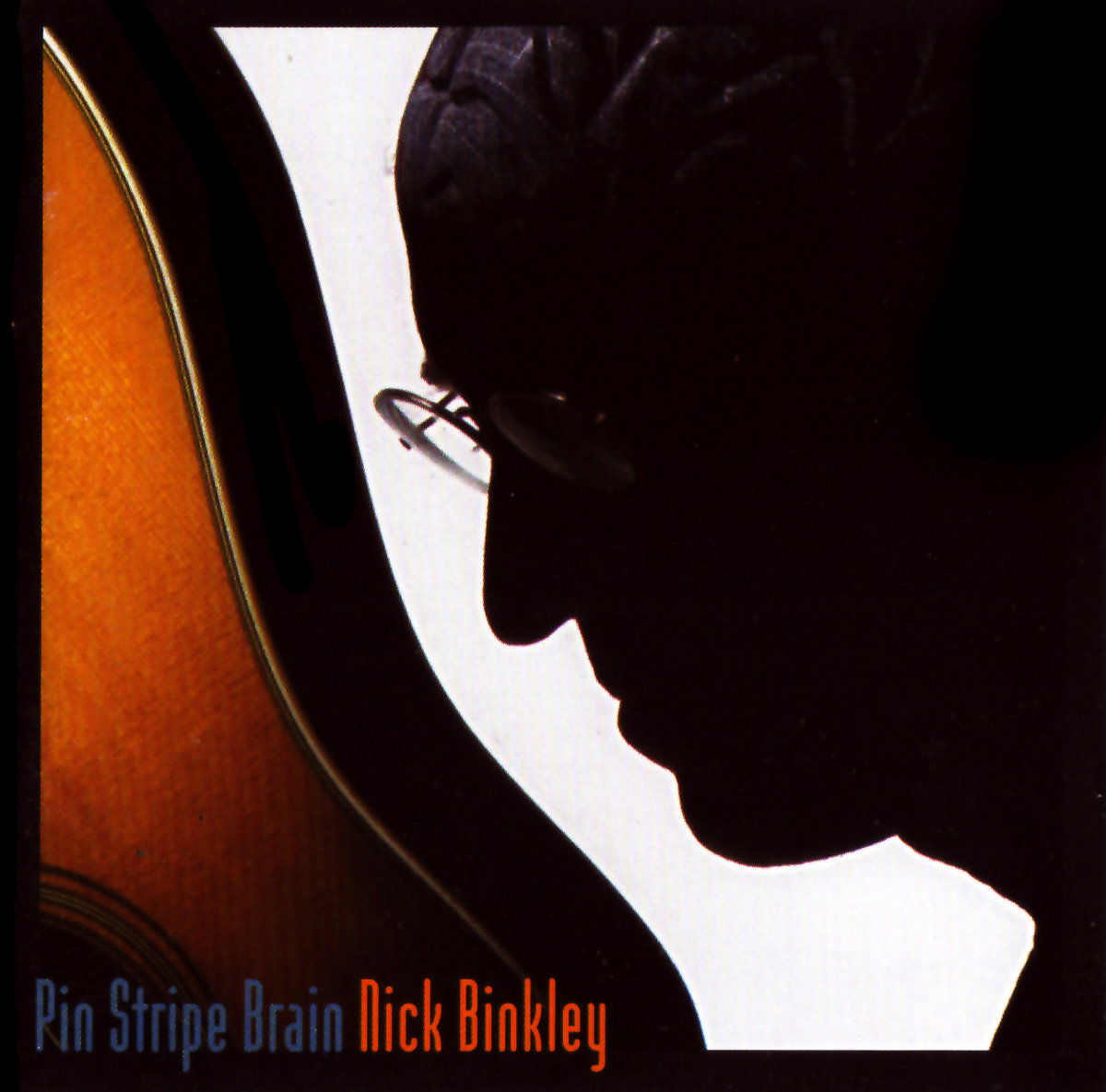
What about ‘Let the Boy Jam’?
‘Let the Boy Jam’ was released in 1999 and was also produced by Denny Bruce and me. The album’s most played tune on Spotify today is ‘Well Respected Man’, written by Ray Davies (The Kinks) in 1965. It perfectly sums up a life of self-centered routine and superficiality, that had come to define my working life (“He’s ‘Oh so good,’ and he’s ‘Oh so fine,’ and he’s ‘Oh so healthy’ in his body and his mind, he’s a well-respected man about town, doing the best things so conservatively”). But also, ‘Novi Mir’ (means “New World/Peace” in Russian), is a breakout anthemic plea for East-West peace following the fall of the Berlin Wall in 1989. I co-wrote the song with the Ukrainian-Russian pop singer Vycheslav Malezhik (“It’s high noon in the East, Midnight in the West, rich man sells the poor man’s food, and the people get no rest. Stretch out your hand, stretch out your heart, look a man straight in his eyes and let the truth come out! Do you know where we’ve been? Do you know what we’ve dreamed? Do you know what we know? Do we really mean the same thing friends? Or are we only making sounds?”). I was invited to Russia by his label, Melodiya Records, to sing with Malezhik in nationally televised concerts, the first time in 1997 and the last time in 2007 at the Kremlin Palace Hall, Moscow’s premier music hall. The song seems particularly relevant today as the War in Ukraine drags on and we wonder “What could have been?” the relationship between the US and Russia following the collapse of the Soviet Union in 1991. The song is a plea to our better angels. ‘Wooden Indians’ was written while in transition after two years of living and writing songs in New York and then having to go back to work. Under the gaze and criticism of a new boss, new co-workers all jammed together in an LA corporate office building, it all seemed so soul deadening all over again (“It’s late at night, fluorescent light is all that’s left on my black and white TV; don’t seem to pay to work all day for sleepless nights that steal away the years. Wooden Indians, wooden hearts, wooden faces never laugh… wooden faces never cry…”). One of the most defining tracks on the album is ‘Heart Attack’, also written while in a work transition, recalls the sentiment in Ray Davies’ ‘Well Respected Man’ (“Boy eternal on the nine-to-five treadmill in an airtight steel and glass box, where the view is fine from the 54th floor of the Hollywood sign on the LA mountain tops; in the executive suites high above the streets just in reach of power and money games, a little voice cries down deep inside ‘Do you remember my name? Heart Attack!”). I admit that ‘Pin Stripe Brain’ and ‘Let the Boy Jam’ paint a portrait of a gray, pinstripes corporate world that I experienced. There are many other songs on the albums that are sweet, loving and inspired by my late wife and our life together with our two children.
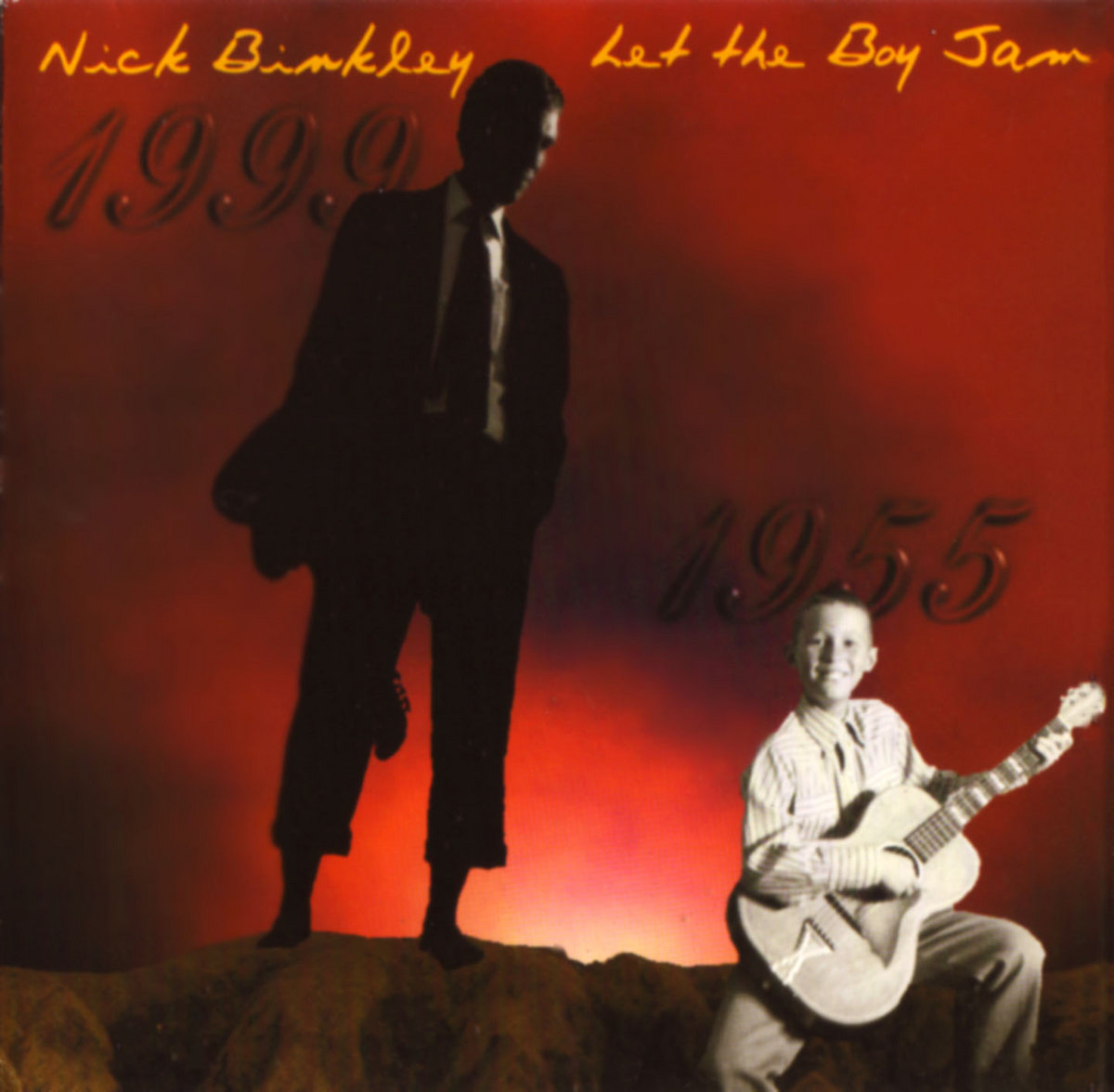
“Free To Rock is the story of how American rock and roll and Western pop culture contributed to the fall of the Berlin Wall”
Tell us about the ‘Free To Rock’ documentary? And, How did you first meet Valery Saifudinov?
The documentary was inspired by my long time association with Valery Safudinov and a stream of Russian rockers who fled the former Soviet Union for freedom to play American rock and roll. During the pop culture revolution in the West, starting with Elvis in the 1950’s, the Soviet Ministry of Culture with the help of the KGB prohibited kids in the USSR from listening to Western rock music. The government installed jamming stations on the western edge of the country, prohibited kids from buying records, or acquiring electric guitars. Valery was in the first wave of rock refugees in 1974. He and I met in 1977 and I helped him set up a rehearsal studio and loft in San Francisco which in turn became a crash pad for dozens of Russian rockers fleeing to the West.
Eventually, Valery moved to San Diego, where I was then living, and he set up a recording studio, Flight 19. A young Eddie Vedder was a regular with his local band, Bad Radio. He and Eddie became good friends. Ike Turner also recorded at Flight 19 and the studio became a hub for musicians and especially Russian émigré musicians.
Free To Rock is the story of how American rock and roll and Western pop culture contributed to the fall of the Berlin Wall, the collapse of the Soviet Union, and the ending of the Cold War. In the eyes of the Soviet Ministry of Culture, western rock music was simply propaganda from an “alien ideology”. The more the Soviet government clamped down on the kids and rock music, the more the kids wanted it. Eventually, the kids won. There is much more about the film at www.freetorockmovie.com. The film was directed by four-time Emmy Award filmmaker, Jim Brown and narrated by Kiefer Sutherland. It includes interviews with former Soviet president, Mikhail Gorbachev and Jimmy Carter, Billy Joel, Mike Love of the Beach Boys, Elton John and many more with concert footage of Bruce Springsteen and Roger Waters. You can rent to view on Amazon or purchase the DVD at psbrecordsinc.com. The DVD of the film also includes a companion DVD which includes outtakes and the story of the making of the film. It premiered at the Grammy Museum in LA and the Rock and Roll Hall of Fame in Cleveland. It was aired on Public Television in the US and licensed worldwide for broadcast. The US State Department licensed the film for screenings in 30 cities and 11 countries in Europe and Eastern Europe. Funding was provided by the National Endowment for the Arts and the National Endowment for the Humanities, as well as seed funding by PSB Records, my label. PSB Records holds the copyright to the film.
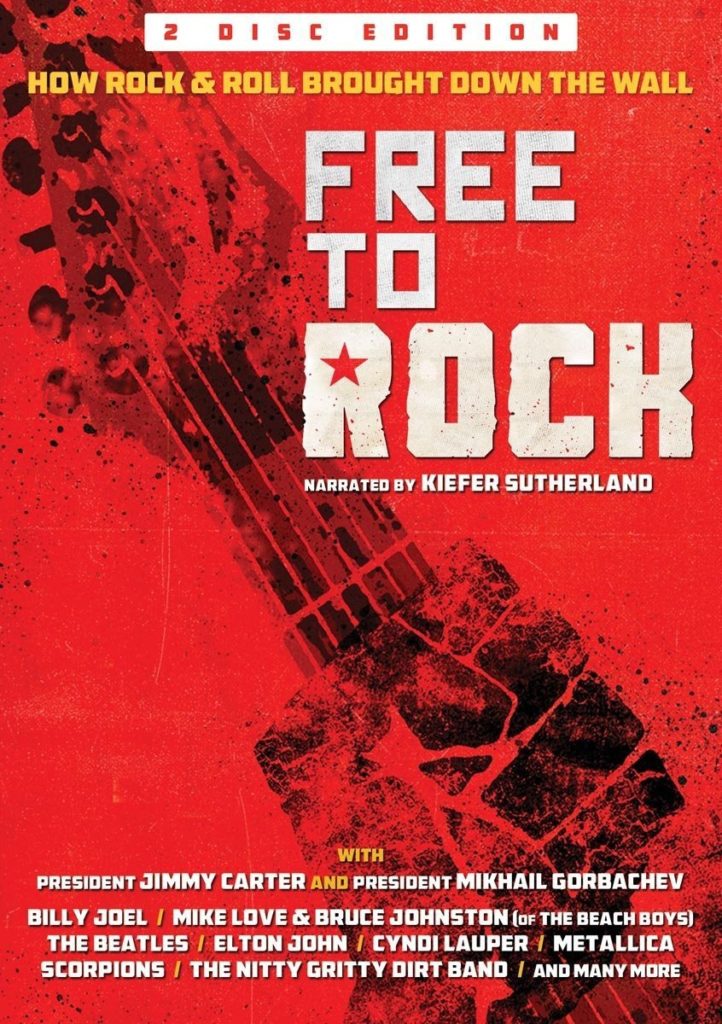
How do you usually approach songwriting?
Most of my songs develop pretty organically, while improvising melodies, rhythms on the guitar. The music usually comes first, followed by the lyrics. Some songs like ‘Cherry’ on the new album, are born fully developed in just a couple hours. Others, like ‘We Are Stardust’, are written and rewritten over months. Sometimes songs I wrote years ago come back for revisions. I don’t know who said it, but they say poets never finish a poem, they just abandon it. I feel that way about writing and recording. You seize the moment, or the moment seizes you and you roll with it to its logical conclusion. And then? Move on to the next song, next record.
What are some of the most important players that influenced your own style and what in particular did they employ in their playing that you like?
Interesting question because I have lots of unrelated influences. Songwriting is influenced by Paul Simon, John Prine and Kris Kristofferson, Leonard Cohen, Ray Davies and Johnny Cash and Willie Nelson and Bonnie Raitt, and the sociopolitical songs of Bob Dylan. I love the sound of Waylon Jennings baritone guitars; and I grew up with Buddy Holly and the Hollies’ guitars and ‘Peggy Sue’ is etched in my brain. Folk singers like Peter, Paul and Mary and their intricate harmonies; the sonic landscapes of Peter Gabriel (‘Solsbury Hill’ and ‘Shock the Monkey’ still ring in my head); Roger Waters and Pink Floyd’s anthemic droning bass lines and keys. Pretty eclectic, but all seems to make sense to me, if you know what I mean.
Would it be possible for you to choose a few collaborations that still warm your heart?
If you mean, who would I want to collaborate with if I had the chance? Probably Leonard Cohen and Paul Simon. I could learn so much.
Last word.
Good interview. Probing questions. A quote to leave you with: “When bankers get together for dinner, they discuss Art. When artists get together for dinner, they discuss money”. Oscar Wilde
Klemen Breznikar
Nick Binkley Official Website / Twitter / Bandcamp / YouTube
PSB Records Official Website / Facebook / Twitter

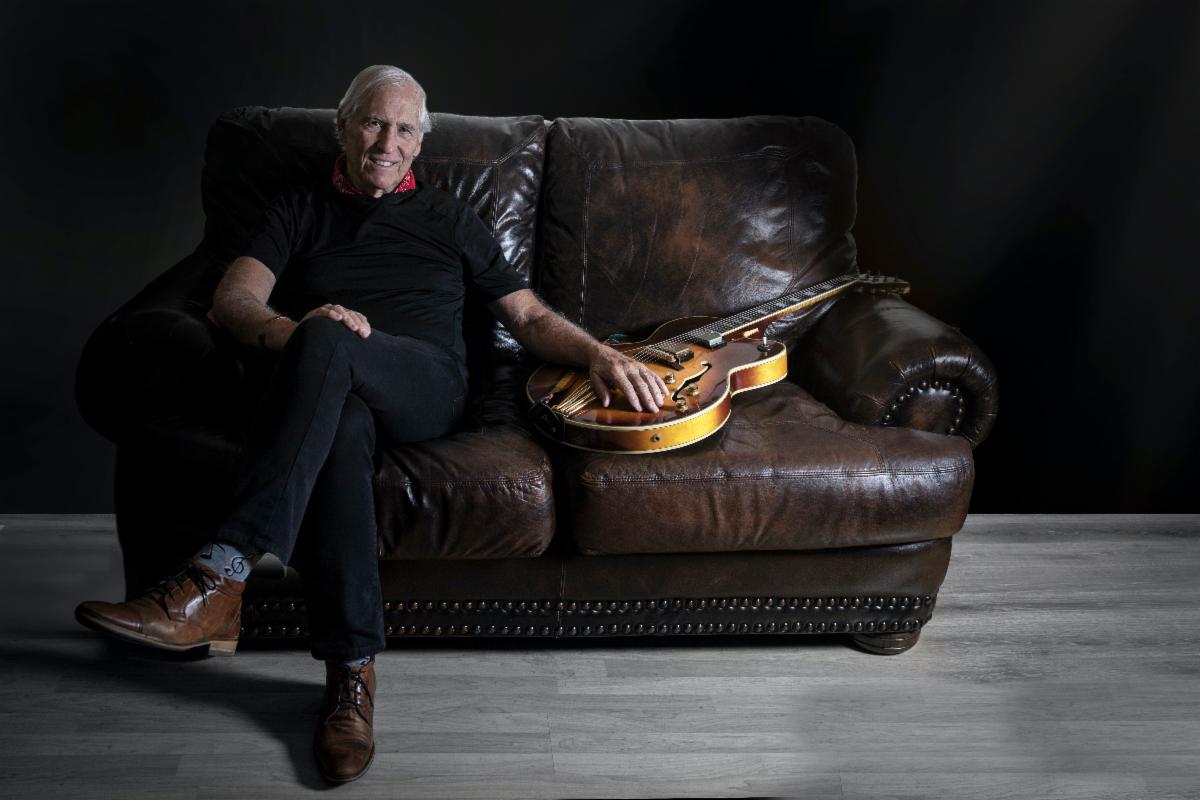
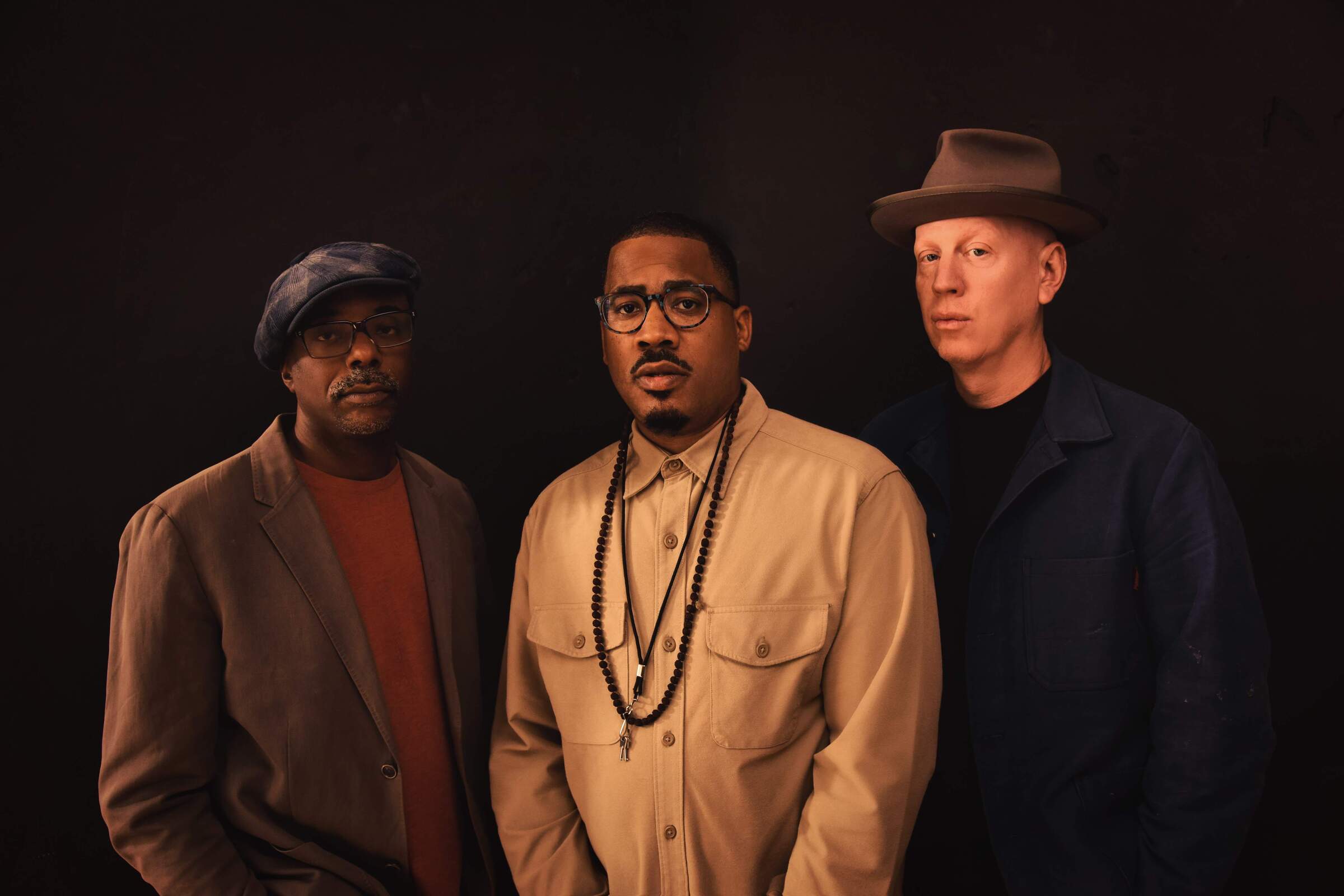
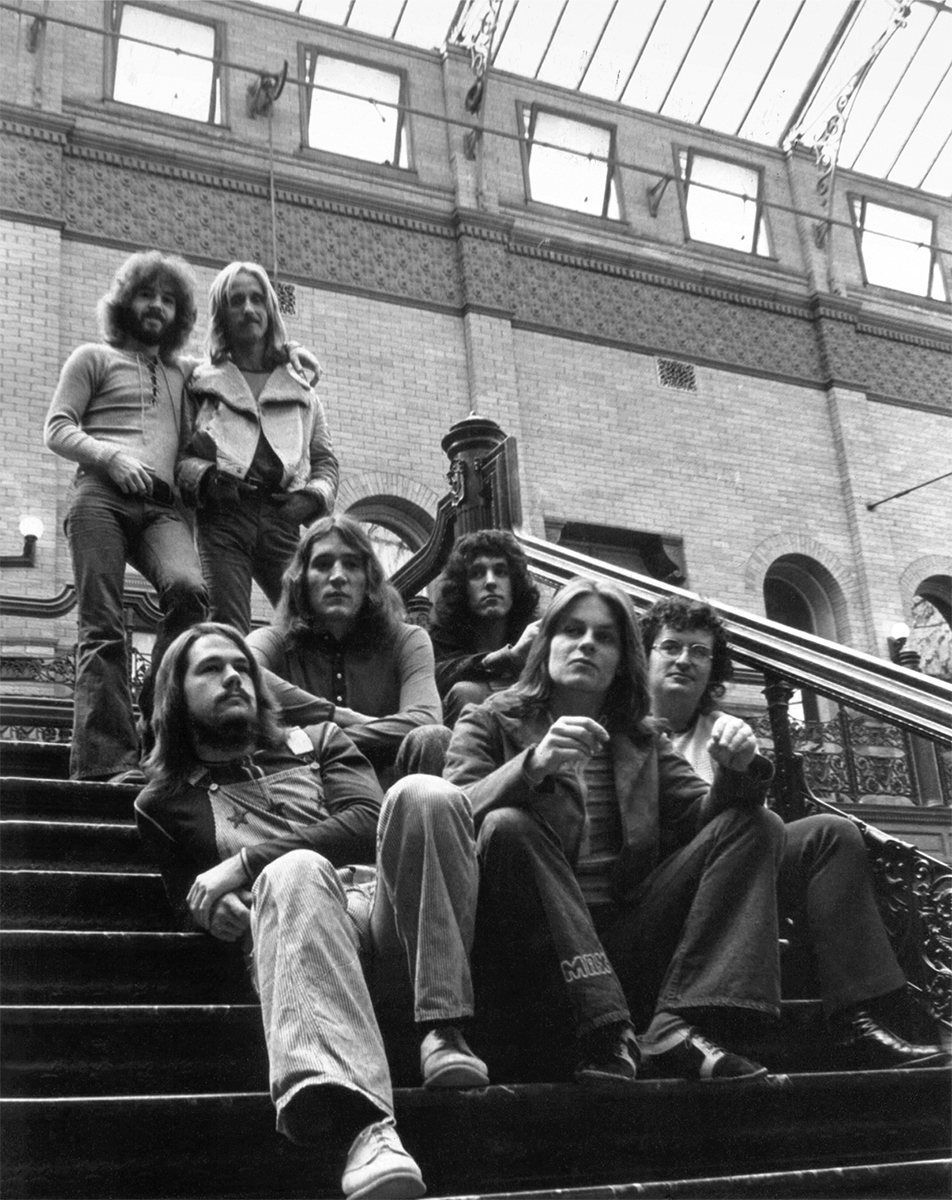
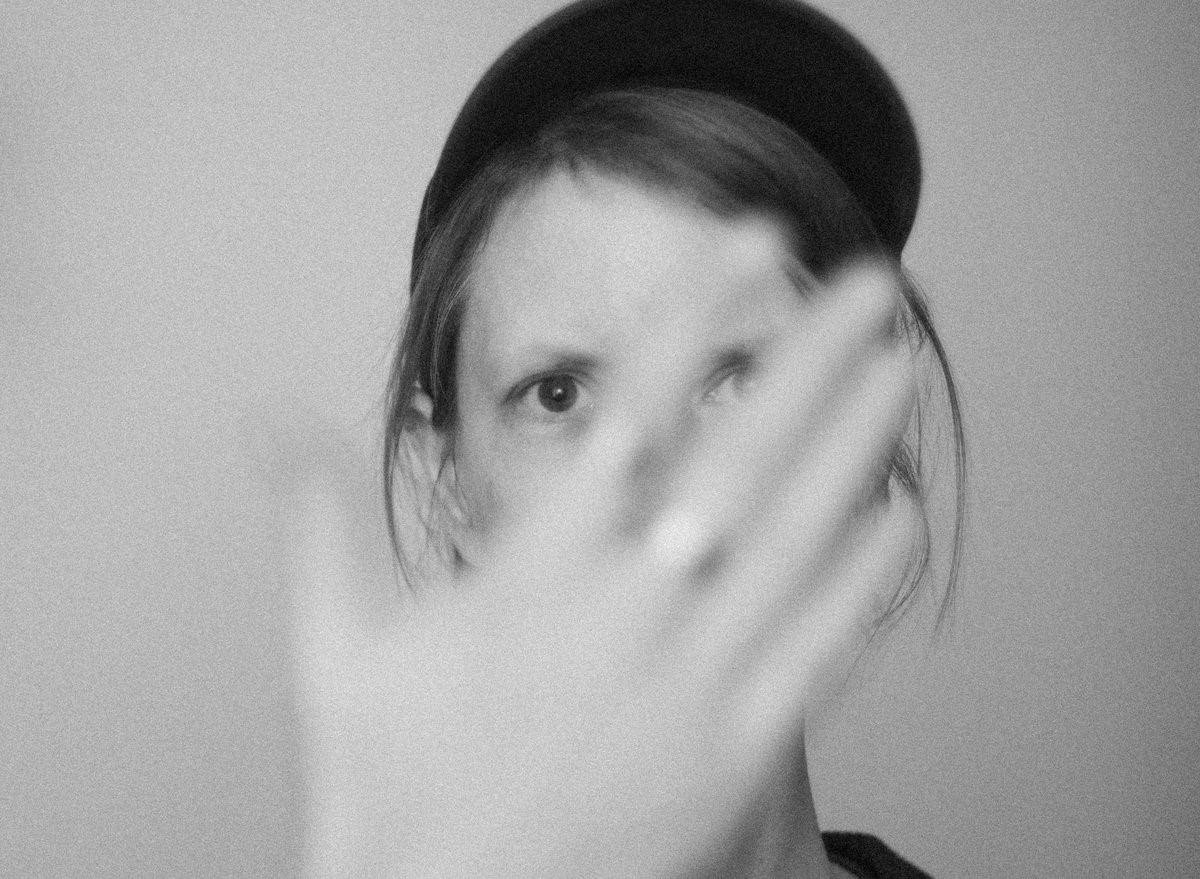
I have known Nick Binkley for decades. His songs are amazing as they speak from his heart about the human experience–love, loss, joy, separation, freedom, hope, the stages of life. Free to Rock is an amazing documentary. I am blessed to have him as a friend.